SOURCE: IDRW.ORG TEAM

Pune-based Sagar Defence Engineering has made significant strides in the field of drone technology by developing the Spotter drone, which recently played a pivotal role in tracking the descent of an Indian Navy crew module. The successful deployment of the Spotter drone marked a remarkable achievement in enhancing real-time situational awareness and live tracking capabilities for critical missions.
Sagar Defence Engineering’s Spotter drone is a cutting-edge unmanned aerial vehicle (UAV) designed to offer advanced surveillance and tracking capabilities. This innovative drone was recently employed by the Indian Navy in a mission that involved tracking the descent of a crew module, eventually splashing down in the Bay of Bengal.
Continue readingSOURCE: RAUNAK KUNDE / NEWS BEAT / IDRW.ORG
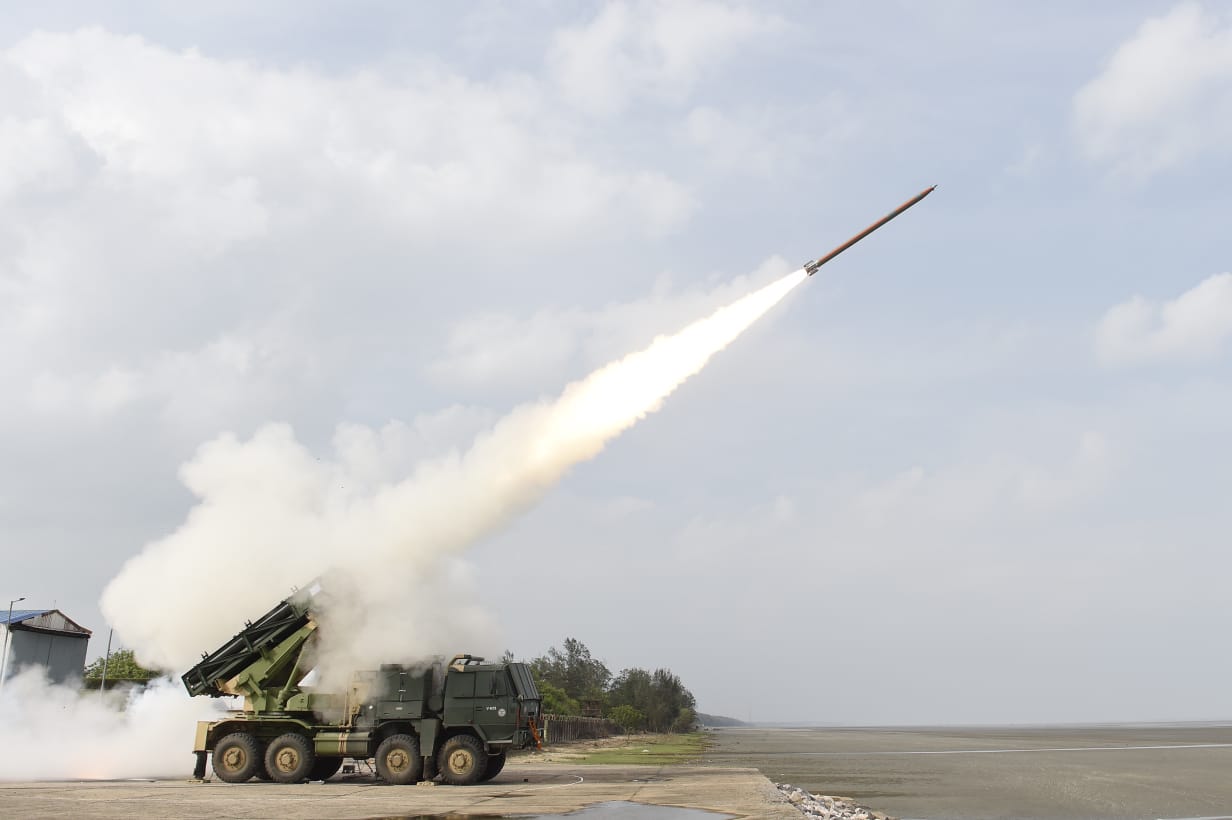
In response to the evolving strategic landscape in the Himalayan region, the Indian Army has prioritized the development of advanced long-range rocket launchers, focusing on capabilities tailored to address Chinese threats. The decision comes as the People’s Liberation Army (PLA) of China deploys rockets with a range of 160 kilometers along the border.
The Indian Army, in collaboration with the Defence Research and Development Organization (DRDO), is actively working on the technical specifications for these upcoming rocket systems. The goal is to enhance India’s rocket capabilities, with proposed ranges of up to 150 kilometers and an advanced variant of a Multiple Launch Rocket System (MLRS) boasting a range of 250 kilometers.
Continue readingSOURCE: RAUNAK KUNDE / NEWS BEAT / IDRW.ORG
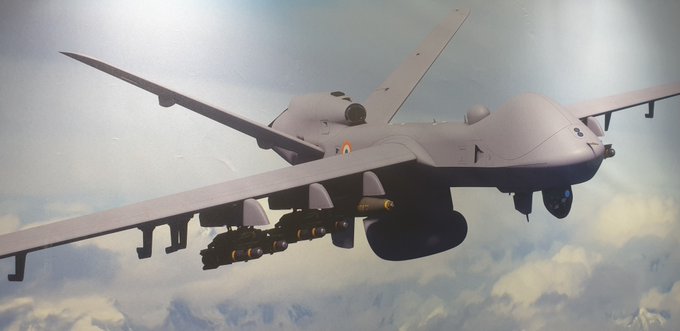
India and the United States are on the cusp of finalizing a deal for the procurement of 31 MQ-9B Unmanned Aerial Vehicles (UAVs), with an anticipated conclusion by early February 2024. Price negotiations have largely been concluded, and both nations are now awaiting the formal issuance of the Letter of Offer and Acceptance (LOA) from the U.S. administration to proceed with the deal.
This significant procurement was approved by the Indian Ministry of Defence (MoD) in June, covering the acquisition of 31 MQ-9B UAVs from General Atomics (GA). The order includes 15 Sea Guardians designated for the Indian Navy, and eight Sky Guardians each for the Indian Army and Air Force. The estimated cost of this procurement stands at $3,072 million, and it is facilitated through the U.S. Foreign Military Sales (FMS) route.
Continue readingSOURCE: RAUNAK KUNDE / NEWS BEAT / IDRW.ORG

On October 17, the Indian Army marked a significant step in its modernization efforts as it approved the Acceptance of Necessity (AoN) for the procurement of 118 Integrated Surveillance and Targeting Systems (ISAT-S). This advanced system, as outlined in the AON, is set to bring a revolutionary transformation to the way the Army’s armoured divisions conduct their operations.
This procurement is part of the Defence Acquisition Council (DAC)’s approved AoN for nine capital acquisition proposals, collectively valued at approximately Rs 45,000 crore. The ISAT-S has been meticulously designed to provide comprehensive surveillance and targeting capabilities tailored to the needs of mechanized forces, making it a game-changer in the landscape of modern warfare.
Continue readingSOURCE: IDRW.ORG TEAM

The Indian Air Force (IAF) is on a mission to bolster its fleet with 114 fighter jets, and it’s not sparing any effort to expedite the procurement process. In a recent move, the IAF has disclosed its plan to allow some of these jets to be manufactured by the Original Equipment Manufacturers (OEMs) at their facilities before production commences at the designated Indian plant.
The IAF’s aspiration to acquire 114 fighter jets under the Multi-Role Fighter Aircraft (MRFA) tender is gaining momentum. To expedite the process, the IAF is willing to adopt an unconventional approach: allowing the OEMs to produce a portion of the jets at their own facilities. This deviation from the traditional procurement path aims to save time and speed up the induction of these jets into the IAF’s inventory.
Continue readingSOURCE: IDRW.ORG TEAM

India’s quest for self-reliance in aerospace technology and capabilities has reached a new milestone with the development and supply of the F-414 engine test stand by Chennai-based Acoustics India Private Limited. This remarkable achievement showcases India’s growing prowess in the field of aeronautics and its commitment to indigenous development.
The F-414 engine test stand is a critical piece of equipment designed for testing and validating the powerful F-414 engines. This stand is equipped with a control cab, fuel system, and ancillary equipment, all of which are integral components used to perform post-maintenance and repair tests.
Continue readingSOURCE: RAUNAK KUNDE / NEWS BEAT / IDRW.ORG

Indian state-owned aerospace and defence enterprise, Hindustan Aeronautics Limited (HAL), is actively engaging with Philippine military and government officials to explore potential export opportunities. This initiative may pave the way for the export of a range of Indian aerospace products, including the Light Combat Aircraft (LCA), Light Combat Helicopter (LCH), and Light Utility Helicopter (LUH) to the Philippines.
The groundwork for this collaboration was laid last year when HAL signed a Memorandum of Understanding (MoU) with the Philippine Aerospace Development Corporation (PADC) in April. This agreement opened the door to potential exports of India’s indigenous aerospace solutions, including the LCA, LCH, Advanced Light Helicopter (ALH), and LUH.
Continue readingSOURCE: RAUNAK KUNDE / NEWS BEAT / IDRW.ORG
FVIX.JPG)
French shipbuilder Naval Group has proposed a significant upgrade for the Indian Navy’s future submarine acquisitions. The company suggests that three of the planned Kalvari-class submarines, which are to be procured by the Indian Navy, should be equipped with advanced Lithium-Ion battery technology. This technology would provide these submarines with enhanced underwater endurance compared to the Lead Acid batteries used in the previous six Scorpene-class submarines manufactured in India by Mazagon Dock Limited (MDL).
The proposal from Naval Group aligns with the Indian Navy’s efforts to modernize its submarine fleet. It involves a shift from traditional Lead Acid batteries to Lithium-Ion battery packs. Additionally, the Indian Navy is collaborating with Indian private-sector battery manufacturers to develop and test Lithium-Ion battery packs that could replace Lead Acid batteries not only in the older Scorpene-class submarines but also in the ageing Kilo-class submarines.
Continue readingSOURCE: RAUNAK KUNDE / NEWS BEAT / IDRW.ORG
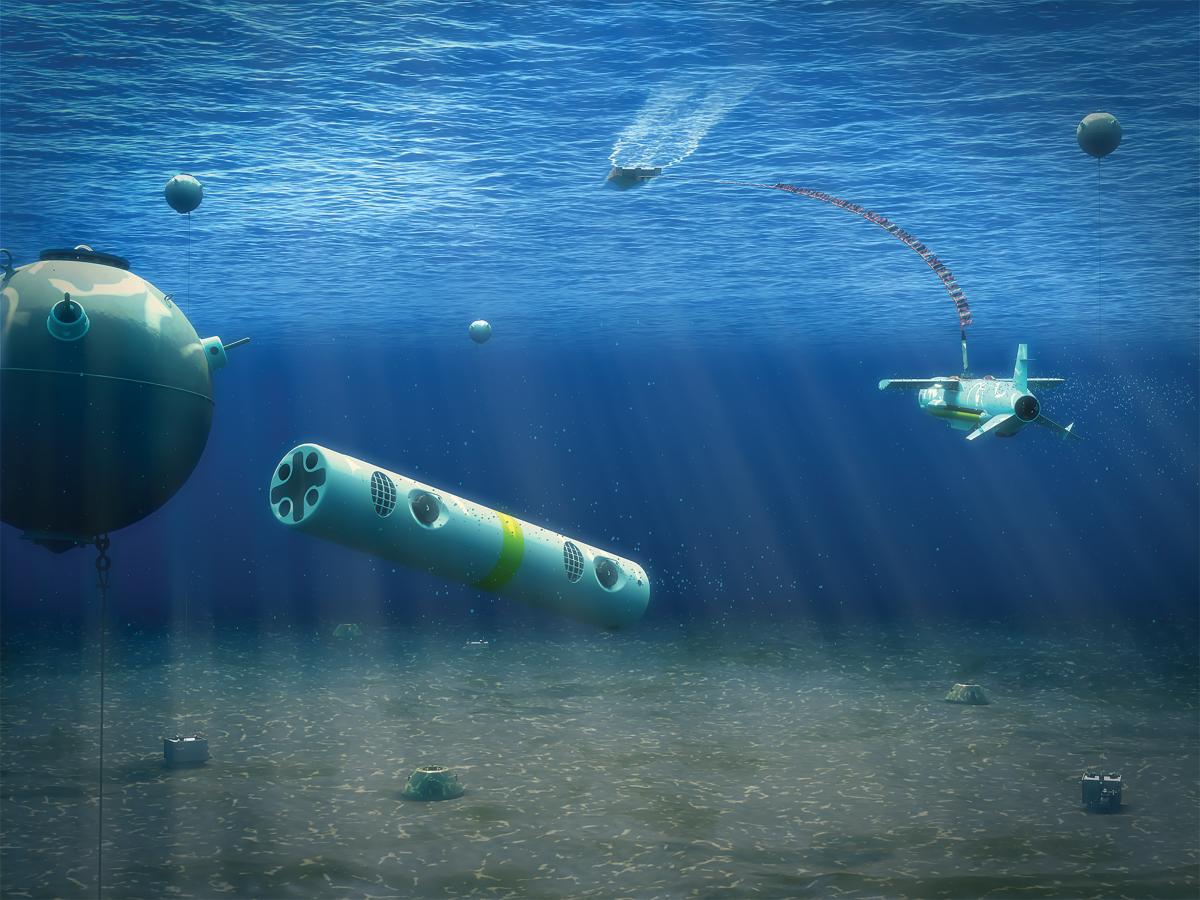
The Indian Navy is taking a significant step towards modernizing its capabilities by issuing a Request for Information (RFI) for the procurement of an Unmanned Mine countermeasures (MCM) Suite. This suite will comprise Autonomous Surface Vessels (ASVs), Heavy Weight Autonomous Underwater Vehicles (AUVs), and Remotely Operated Vehicles (ROVs) designed to be used onboard Indian Naval Mine Counter Measures Vessels (MCMVs).
This procurement is in line with the Buy (Indian-IDDM), Buy(Indian), and Buy & Make (Indian – with buy content 0%) categories as per the Defense Acquisition Procedure of 2020. The primary goal is to establish an integrated system with a wide range of MCM equipment that interfaces through a Command and Control System. The core components of the Unmanned MCM Suite are as follows:
Continue readingSOURCE: IDRW.ORG TEAM

Russia’s parliament has initiated the voting process on withdrawing Moscow’s ratification of the Comprehensive Nuclear Test Ban Treaty (CTBT), raising concerns about the future of nuclear disarmament efforts worldwide. The CTBT, established in 1996, prohibits any nuclear weapon test explosion or any other nuclear explosion across the globe. Of the nine nations recognized as possessing nuclear weapons, their stances on the treaty vary.
The Comprehensive Nuclear Test Ban Treaty, a crucial international agreement, aims to prevent nuclear weapon tests and promote disarmament. It has garnered support from several nations, including those with significant nuclear capabilities, and has played a pivotal role in maintaining global peace and security.
Continue readingSOURCE: IDRW.ORG TEAM
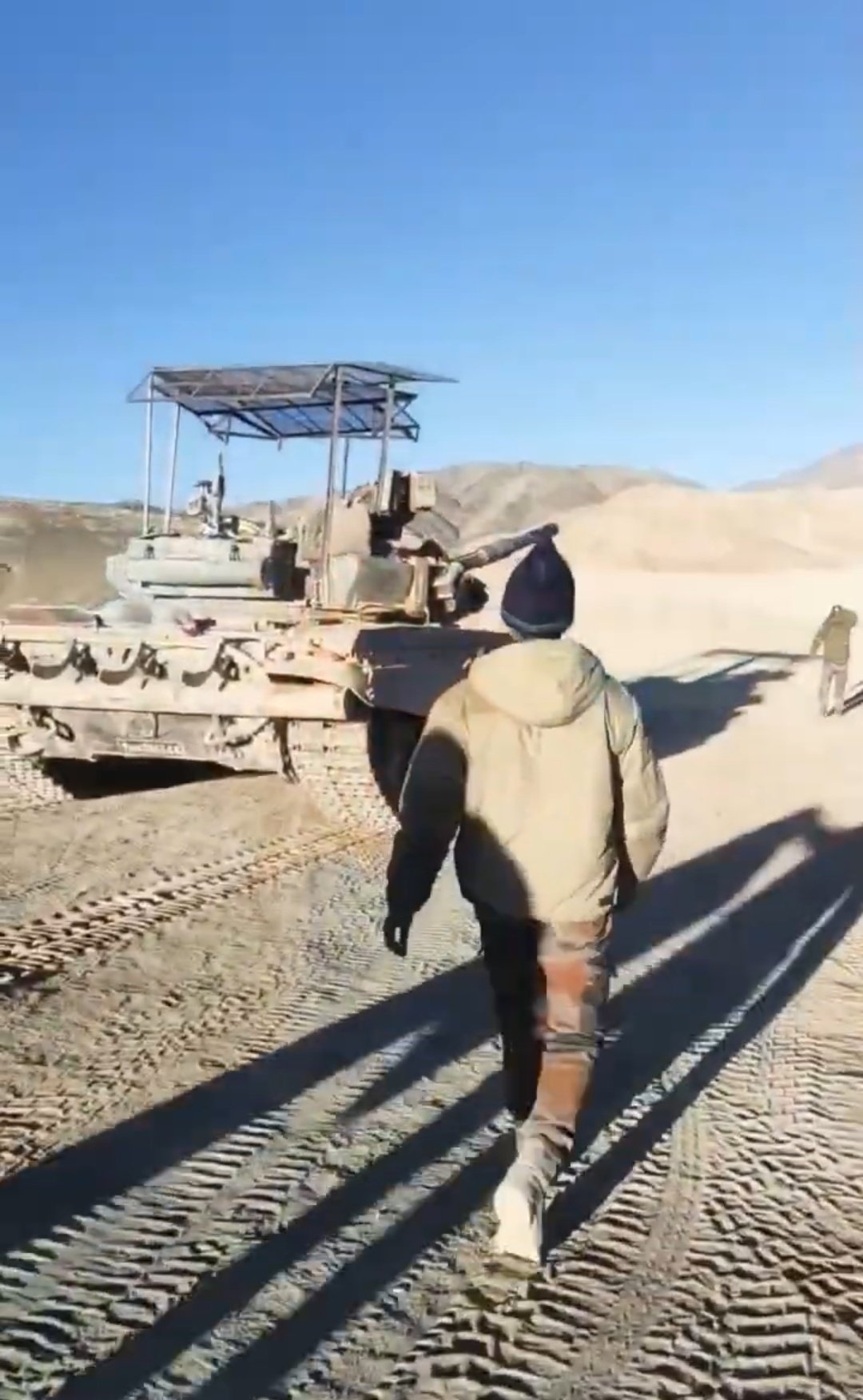
A distinctive feature of Russian military vehicles, the overhead metal screens known as ‘cope cages,’ has now made its appearance on Indian Army’s T-72 Main Battle Tanks (MBTs) deployed in forward areas near the Line of Actual Control (LAC), particularly close to the Chinese-occupied Aksai Chin region. These improvised additions, initially seen on Russian armor just before their extensive invasion of Ukraine in late 2021, have become a significant addition to armored vehicles and are something Russia is eager to market to foreign clients closely monitoring developments in the Ukraine conflict.
The ‘cope cages’ serve as a response to the evolving threats that armored vehicles face on modern battlefields, where unconventional tactics and weaponry have gained prominence. As the conflict in Ukraine persists, these solutions continue to evolve and adapt. Furthermore, the rapid proliferation of loitering munitions, commercially available bomblet-dropping drones, and first-person video kamikaze drones has driven military forces across the globe to find ways to counter these threats effectively.
Continue readingSOURCE: RAUNAK KUNDE / NEWS BEAT / IDRW.ORG
In a recent interview with Hindustan Times, HAL’s Chief, CB Ananthakrishnan, said that the 80% Transfer of Technology (ToT) levels for F-414 engines secured by the company surpasses that of the Russian ToT levels secured for the AL-31F engines used in Sukhoi-30MKI fighter jets. The AL-31F engines, vital components of the Sukhoi-30MKI, have a ToT level of around 47%. HAL has indeed made substantial strides by indigenizing 53% of the AL-31FP engine’s components, which are produced in Koraput, Odisha.
As part of this collaboration, the first batch of F-414 engines is expected to be manufactured in India three years after GE and HAL conclude the deal. The agreement encompasses various critical aspects of engine production, including machining and coating for single crystal turbine blades, fabrication of powder metallurgy discs, inertia friction welding for fan and afterburner components, laser drilling technology for combustor, special coatings for corrosion and erosion resistance, machining and coating of ceramic matrix composites for nozzle guide vanes, flaps, and other components, machining of thin-walled titanium casings, and polymer matrix composites for bypass ducts, among others.
Continue readingSOURCE: RAUNAK KUNDE / NEWS BEAT / IDRW.ORG

The Indian Army is poised to reassess the technical requirements for its upcoming Future Ready Combat Vehicle (FRCV) Main Battle Tanks, which are intended to replace the ageing Soviet-Union-supplied T-72 MBTs. This reevaluation is a response to the evolving nature of warfare, particularly in light of the ongoing conflict in Ukraine, which has highlighted new threats to armoured vehicles.
According to sources familiar with the matter, told idrw.org, the FRCV program faces emerging challenges, with major tanks suffering losses due to low-cost loitering ammunition and industrial-grade hexacopters dropping drone bombs on them. These threats have underscored the need for a comprehensive reassessment of the technical specifications for the FRCV to ensure that it can effectively counter these new dangers.
Continue readingSOURCE: RAUNAK KUNDE / NEWS BEAT / IDRW.ORG
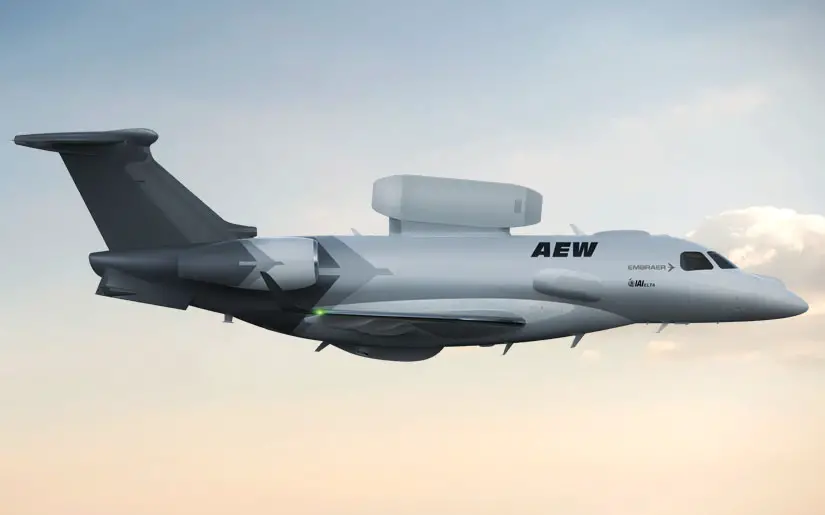
Brazilian aircraft manufacturer Embraer is set to make a significant foray into the Indian aerospace and defence market with its Praetor 600 super mid-size business jets. This move aims not only to promote the Praetor 600 within the country but also to showcase these jets to the Indian Air Force (IAF), which has plans to acquire six more indigenous Netra-Mk1A Airborne Early Warning and Control System (AEW&CS) aircraft.
Six additional Netra-Mk1A AEW&CS, similar to its two predecessors, will be based on the ERJ145 aircraft, which was initially manufactured by Embraer. However, since 2020, this model has been discontinued. To address this, Embraer has put forth an innovative proposal to the IAF. They have offered the Praetor 600 business jet as a platform to mount the Netra-Mk1A AEW&CS sensors.
Continue readingSOURCE: IDRW.ORG TEAM
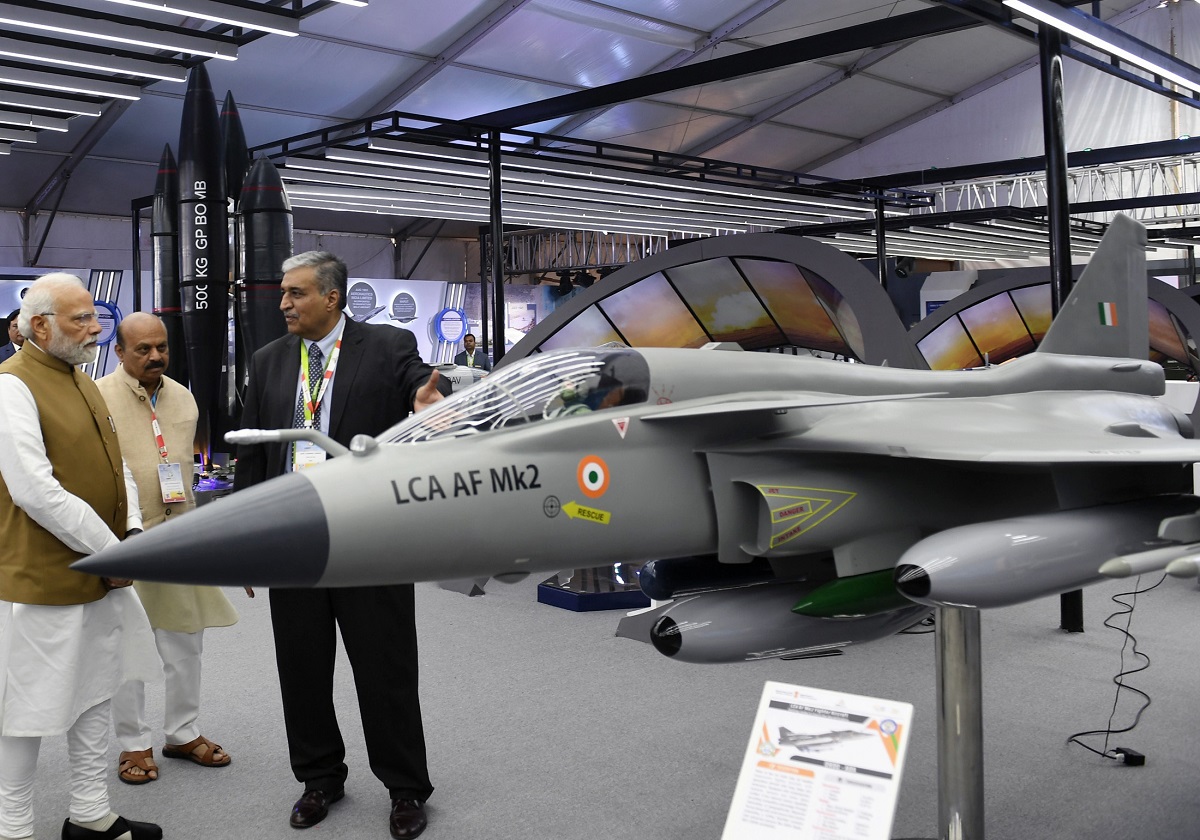
Hindustan Aeronautics Limited (HAL) has set a target to commence production of the Tejas Mk-2 fighter jet in five years. The confirmation comes from HAL’s Chief, CB Ananthakrishnan, who revealed that the Aeronautical Development Agency (ADA) and HAL are collaborating to roll out pre-production Tejas Mk-2 aircraft by the end of 2024. The first flight of this advanced fighter is planned for 2025.
India has allocated ?10,000 crore for the Tejas Mk-2 program, and the Indian Air Force (IAF) has committed to acquiring 120 of these jets. The objective is to replace the aging fleet of Mig-29UPG and Jaguar Darin-III Strike aircraft, with the process expected to begin in 2030-34. Additionally, the IAF plans to phase out 50 Mirage-2000H fighter jets from its fleet starting in 2035, gradually integrating the Tejas Mk-2.
Continue reading